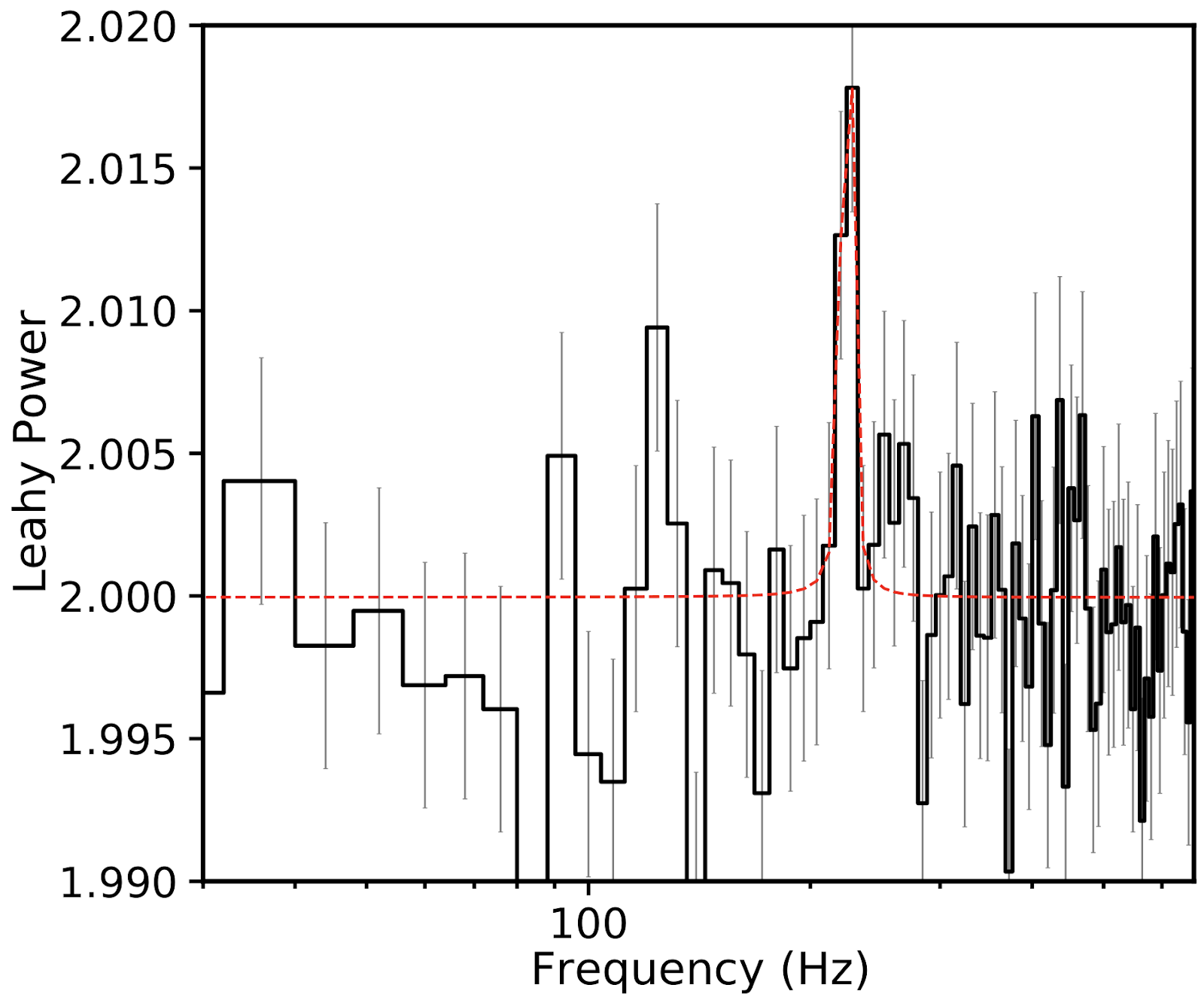NICER / ISS Science Nugget
for July 22, 2021
NICER Glimpses a Newborn Compact Object 200 million Light Years Away
When a massive star's core runs out of fuel and collapses under its own gravity, a spectacular explosion called a supernova results. While it has been theorized and generally assumed that core-collapse leads to the birth of a compact object -- either a neutron star or a black hole -- there has never been direct evidence for the formation of a compact object in the immediate aftermath of a supernova. This is presumably because, amid the debris created from the explosion, we would not have a clear line of sight to view the newborn compact object.
AT2018cow, first detected on 16 June 2018, was an explosion 200 million light years away. At its peak, it was 100 times brighter than typical core-collapse supernovae, which are powered by the decay of radioactive nickel produced in the explosion. AT2018cow's unusually high luminosity and bright X-ray emission could not be explained even with extreme amounts of radioactive nickel -- an additional source of energy must have been powering this supernova. Several models were proposed for the mechanisms responsible for the additional luminosity, including a newborn compact object injecting the extra energy. An alternative was that AT2018cow could have been powered by accretion of gas onto a rare breed of middle-weight (a few hundred times the mass of our Sun) black hole, but high spatial-resolution observations at optical wavelengths showed that AT2018cow was located close to star forming regions within its host galaxy, favoring a core-collapse scenario. However, direct evidence for a compact object was missing.
NICER's observations of AT2018cow during its 2018 outburst have revealed a highly stable X-ray brightness oscillation with a period around 4.4 milliseconds (see Figure). Combining this rapid timescale with the fact that information cannot travel faster than the speed of light leads to a natural conclusion that there must be a compact object at the heart of AT2018cow. The false alarm probability of the signal is 1 in 5000. A paper describing this discovery, by DJ Pasham (MIT) and coauthors, has been accepted for publication in the journal Nature Astronomy. This work demonstrates NICER's unique potential to identify and study newborn black holes and neutron stars formed in some supernovae.

Figure: The NICER power density spectrum of AT2018cow showing variability power (vertical axis) vs. modulation frequency (horizontal axis). The strongest excess in power is near 224 Hz, or 4.44 milliseconds. The noise level is 2 and the false-alarm probability of this signal is 0.02%.
<< Previous
Main Index
Next >>